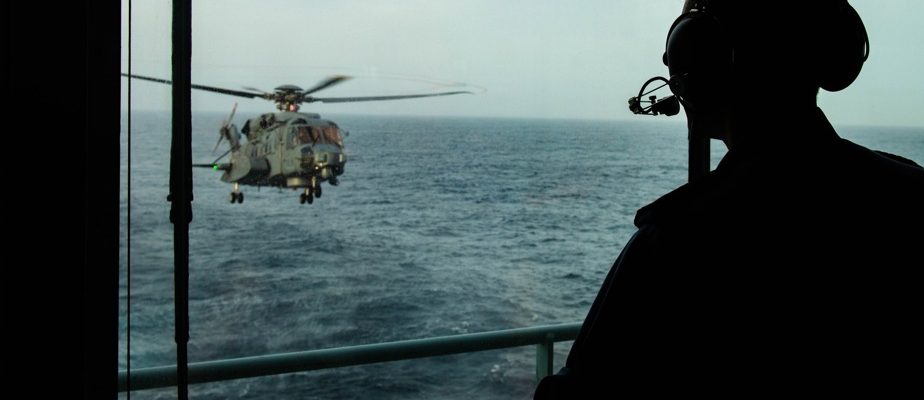Launched on March 31, 2023 by the Canadian Navy, a recruitment program based on a one-year commitment for recruits – instead of three – has given good results and will be extended with higher objectives. But the number of positions to be filled in this branch of the Canadian Armed Forces (CAF) remains significant.
This is what was observed The Press following an approach to the FAC and an interview with Lieutenant Alexandre Tremblay, director of the coordination cell for the Navy Experience program.
“Being on the ground every day, I see things as a positive experience,” said the lieutenant in a telephone interview from Halifax, where he is based.

PHOTO PROVIDED BY THE CANADIAN NAVY
Lieutenant Alexandre Tremblay, director of the coordination cell for the Navy Experience program
The sailors are satisfied with their experience. They intend to continue, full time or in the reserves. I think we made a good recruiting effort.
Lieutenant Alexandre Tremblay
The program aims to attract candidates reluctant to make a long-term commitment. Instead of the regulatory three years upon signing, candidates complete 12 months of CAF basic training and learning the facets of the seaman profession (5 months) before being posted to Halifax, Nova Scotia, or Esquimalt, British Columbia (7 months).
During this first year, 490 people submitted their applications, 160 were enlisted and are waiting to enter the Recruit School in Saint-Jean-sur-Richelieu and 74 sailors are stationed on the coasts (35 in Halifax and 39 in Esquimalt).
Unsurprisingly, the majority of the 490 people who took the step already live on the coasts; 139 are from Vancouver, 119 from Halifax, 85 from Victoria. There are 75 people from Montreal, 22 from Quebec, 21 from Sherbrooke and one from Rimouski. The average age of new recruits is 22 years old and 17.9% are women, we were informed.
As the program launched on March 31, 2023, it took a few months for the first sailors to enlist, which took place over the summer. It is therefore only next August that the FAC will be able to gauge the retention rate of candidates.

PHOTO OF AVIATOR GREGORY COLE, PROVIDED BY THE CANADIAN NAVY
Program participants spend months on one of the Navy’s Canadian bases to learn the basics of the trade.
Still. Initially, we aimed to enlist 144 people. “We raised this objective to 170 sailors,” indicates Lieutenant Alexandre Tremblay who, originally from Chicoutimi, has been in the Navy for 22 years. “We continue to accept applications. »
Other regular recruitment programs are maintained. “ Navy Experience constitutes a complementary recruitment effort,” recalls its manager.
1700 positions to fill
Where the problem lies is in the general recruitment objectives.
Last year, when The Press published a first article on the new program, there were 1,500 positions to be filled out of 7,768 positions managed by the Navy (19.3%).
At the time of our interview with Lieutenant Alexandre Tremblay, the number of vacant positions had increased to 1,700 out of 7,933 positions managed by the Navy (21.4%). These new figures are from the end of January 2024.
In certain trades, the number of positions to be filled is so large that hiring bonuses and an “accelerated increase in remuneration” are offered, we read on the recruitment page of the Royal Canadian Navy.
Read the article “Navy adopts one-year recruiting program”
When the Navy Experience program was launched, we were told to target certain trades such as mechanics and divers. On this level, the figures are interesting, assures Lieutenant Alexandre Tremblay.
“On the East Coast, 20 of the 35 sailors are interested in becoming divers,” he said. And two candidates have completed their clearance diver training. »
From a broader perspective, the Canadian Navy recognizes its severe shortage of personnel and reports several ships at the end of their life cycle. On November 29, 2023, a video posted online by Vice Admiral Angus Topshee spoke of the “critical state” of this branch of the army.
